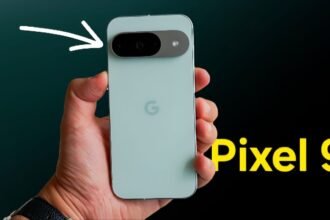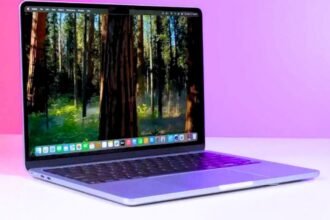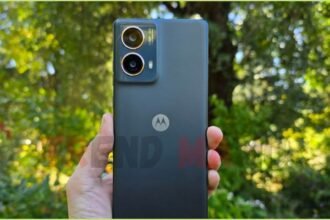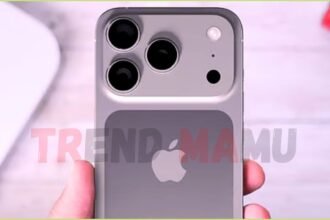iPhone 17 Air Goes Fully Wireless, A Bold New Direction for Apple.
Apple is once again shaking up the smartphone world. The company’s upcoming iPhone 17 Air could mark the beginning of a new era—one where charging cables and physical ports are no longer part of the design. Apple is planning to release its slimmest iPhone yet, and the biggest surprise is that it may come without a USB-C port or any other charging input at all.
This move would make the iPhone 17 Air a completely wireless device, relying only on wireless charging and data transfers. It’s a bold step that changes how people use their phones, much like when Apple removed the headphone jack years ago. While some fans may be excited, others are unsure about losing traditional features.
Design Over Tradition
The iPhone 17 Air is expected to be super thin—thinner than any iPhone so far. To achieve this sleek look, Apple may remove several components, such as the SIM card slot and reduce the battery size. Most notably, the USB-C port might be gone entirely, signaling Apple’s push toward a fully portless smartphone.
This approach follows the same design idea behind the MacBook Air: make it slim, light, and modern—even if it means removing traditional parts. With a likely screen size of 6.6 inches, the iPhone 17 Air is expected to sit between the base and Pro models. Apple may also introduce a new “Ultra” version of the iPhone, offering even more choices for buyers who want top-tier performance and design.
Though controversial, the wireless-only design may help Apple boost sales by appealing to users who prefer minimal, futuristic designs. But it’s still unclear if all iPhone fans are ready to say goodbye to cables.
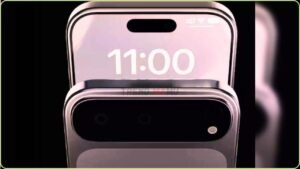
Can Apple Bypass Europe’s USB-C Rule?
One big challenge for Apple is the European Union’s USB-C law, which says all smartphones must have USB-C charging ports to reduce electronic waste. Apple followed this rule for the iPhone 15 and iPhone 16 models. But now, with the iPhone 17 Air, the company may try a different route.
Reports suggest that Europe could allow fully wireless devices—as long as they offer the same ease of use and safety. Apple has been improving its MagSafe wireless charging system and making it compatible with the newer Qi2 standard, which supports faster and more efficient charging.
This smart move could help Apple legally skip USB-C without breaking the rules. However, the company is likely watching closely to see how customers respond before going all-in on a portless future.
How to Choose the Right Smartphone
With so many options out there, picking the right phone can be tricky. That’s why expert buying guides are so helpful. Whether you’re comparing the latest iPhones or checking out other top models like the Samsung Galaxy, these guides help you make smart choices.
They don’t just list features—they offer advice based on real-world use, lifestyle, and budget. If you need a phone for gaming, photography, or just daily tasks, these guides can help you find your perfect match without the confusion.
The Future Is Wireless—Are You Ready?
The iPhone 17 Air could be a game-changer in smartphone history. If Apple removes all ports and relies only on wireless technology, it could lead the rest of the tech industry in a new direction. This could be the beginning of a completely cable-free world—where even computers, tablets, and headphones move away from traditional charging.
Still, big changes take time. Not all users may be ready to go fully wireless just yet. But one thing is certain—Apple is always looking forward. With the iPhone 17 Air, the future of smartphones may already be here.






